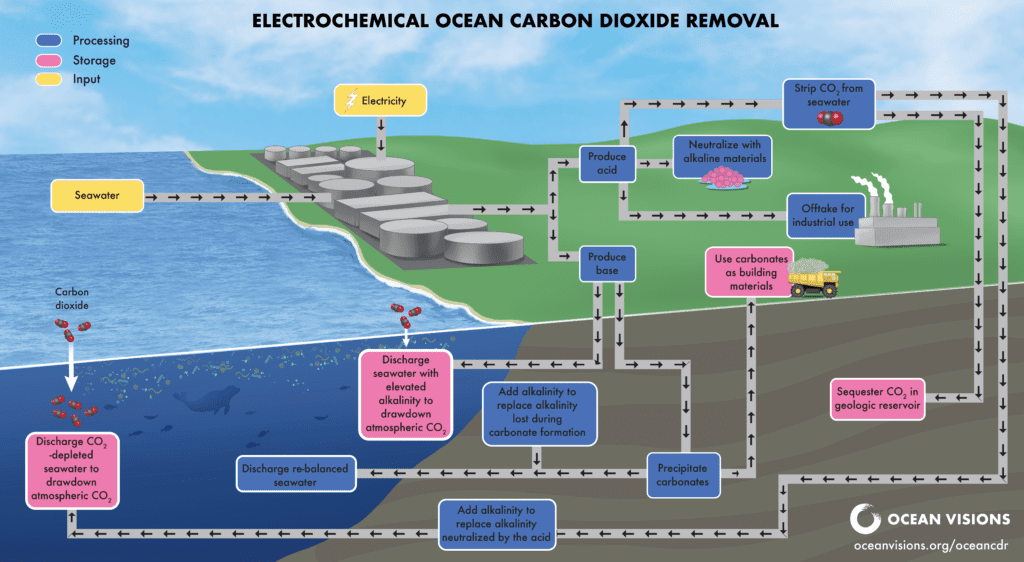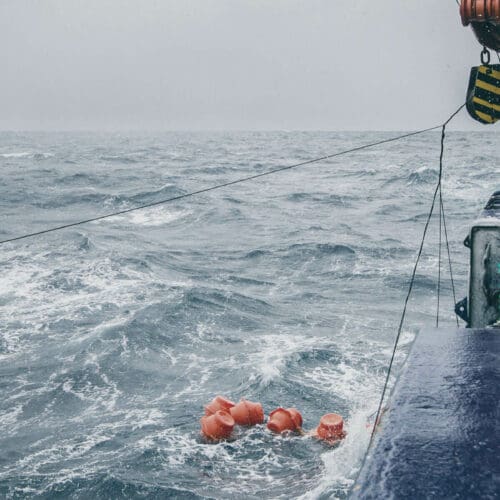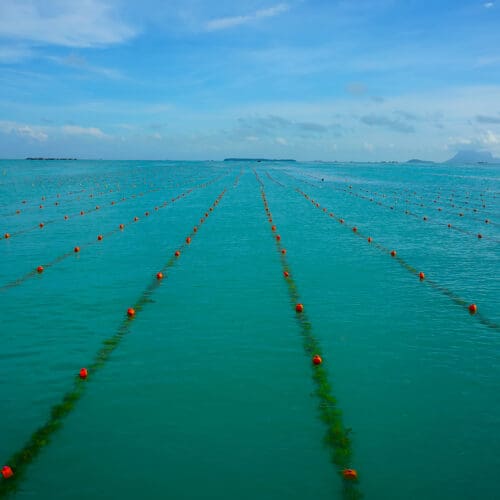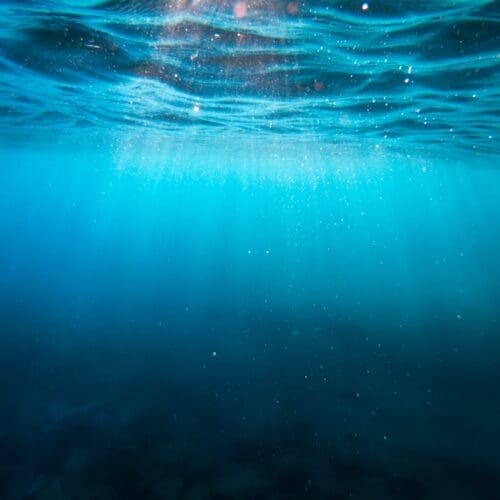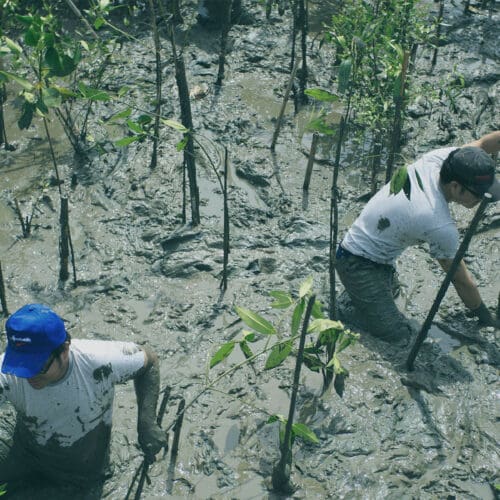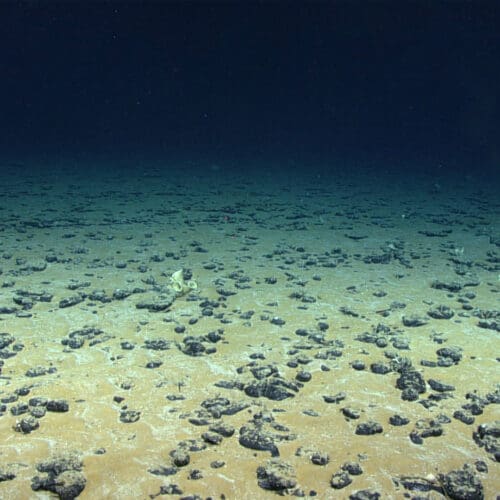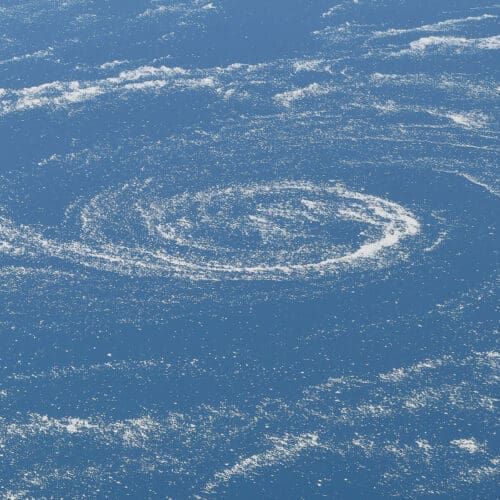Electrochemical Ocean Carbon Dioxide Removal Overview
Electrochemical ocean carbon dioxide removal uses electricity to rearrange water and salt molecules in seawater into an acidic and basic solution. The acidic stream can be used to degas CO₂ from seawater for storage or use elsewhere, or to weather alkaline rocks to increase alkalinity. The basic stream can be used to enhance ocean alkalinity, which can then absorb CO₂ from the atmosphere and stabilize it in the ocean as bicarbonate and carbonate ions. The basic solution can also be used to precipitate carbonate directly out of the seawater, thereby stabilizing carbon in a durable solid form. Alkalinity lost during this precipitation must be replenished to maximize carbon negativity.
